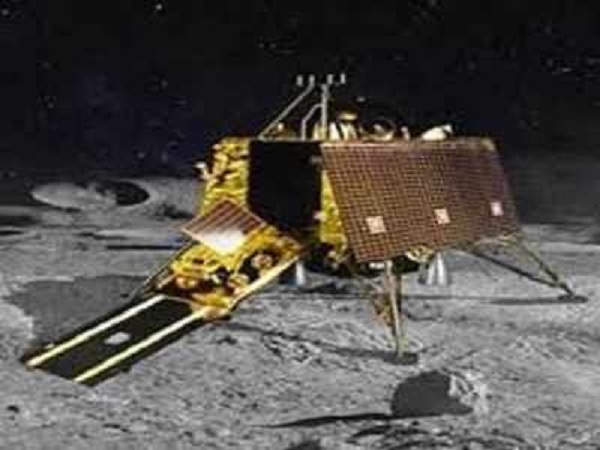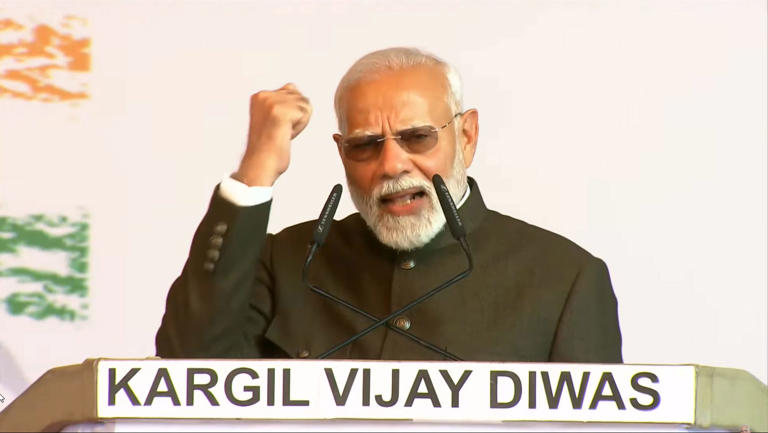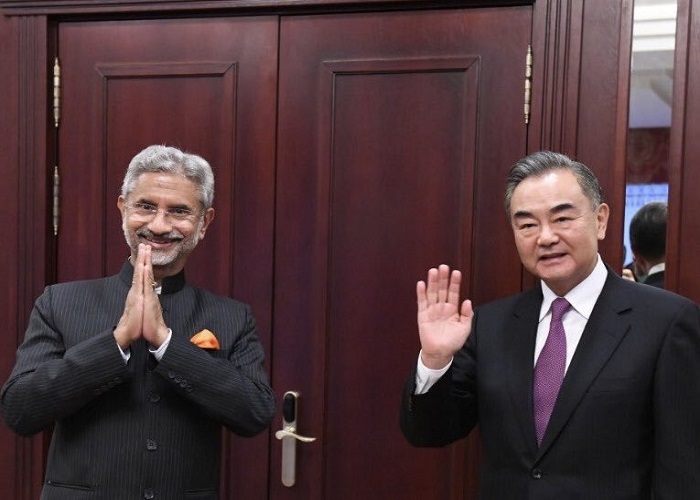Pragyan rover detects oxygen and other elements on Moon, underway for hydrogen

Bengaluru: The Laser-Induced Breakdown Spectroscope instrument onboard ‘Pragyan’ rover of Chandrayaan-3 has “unambiguously confirmed” the presence of sulphur in the lunar surface near south pole.
“Laser-Induced Breakdown Spectroscope (LIBS) instrument onboard the Rover unambiguously confirms the presence of Sulphur (S) in the lunar surface near the south pole, through first-ever in-situ measurements. Al, Ca, Fe, Cr, Ti, Mn, Si, and O are also detected, as expected. Search for Hydrogen (H) is underway,” the space agency tweeted.
The space probe had earlier posted a message for ‘earthlings’ telling the world that it was on its way to ‘uncover the secrets of the Moon’.
“Me and my friend Vikram Lander are in touch. We’re in good health. The best is coming soon,” the Pragyan Rover had earlier tweeted via ISRO InSight.
ISRO informed on Monday that the Pragyan Rover had come across a 4-meter diameter crater on the lunar surface some 3 meters ahead of its location. It had then been commanded to retrace its path and head down a new, safer route.
Scientists say that the rover is currently in a “race against time” with ISRO working to cover a maximum distance of the uncharted South pole through the six-wheeled vehicle. Two of the moon mission objectives – soft landing on the lunar surface and movement of the Pragyan rover – have already been achieved. The rover and lander continues to obtain science data via attached payloads.
“We have only 14 days in total for this mission, which is equal to one day on the moon, so four days have been completed. The more experiments and research we can do in the remaining ten days will be important. We are in a race against time because in these 10 days, we have to do maximum work and all the ISRO scientists are working on it,” Nilesh M Desai, Director, Space Applications Centre, told ANI on Sunday.
India became the first country to land on the south pole of the moon last week as Chandrayaan-3 touched down on the lunar surface. It is also the fourth country – after the US, China, and Russia – to have successfully landed on the moon’s surface.




